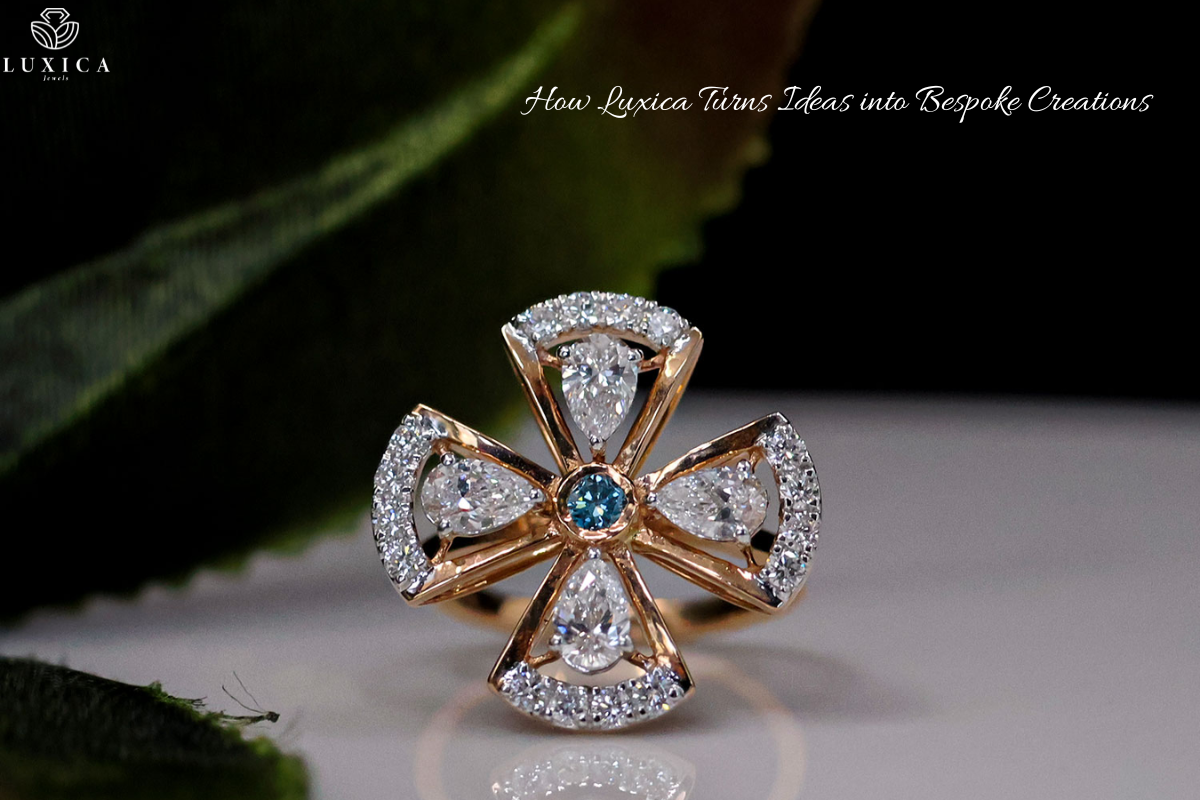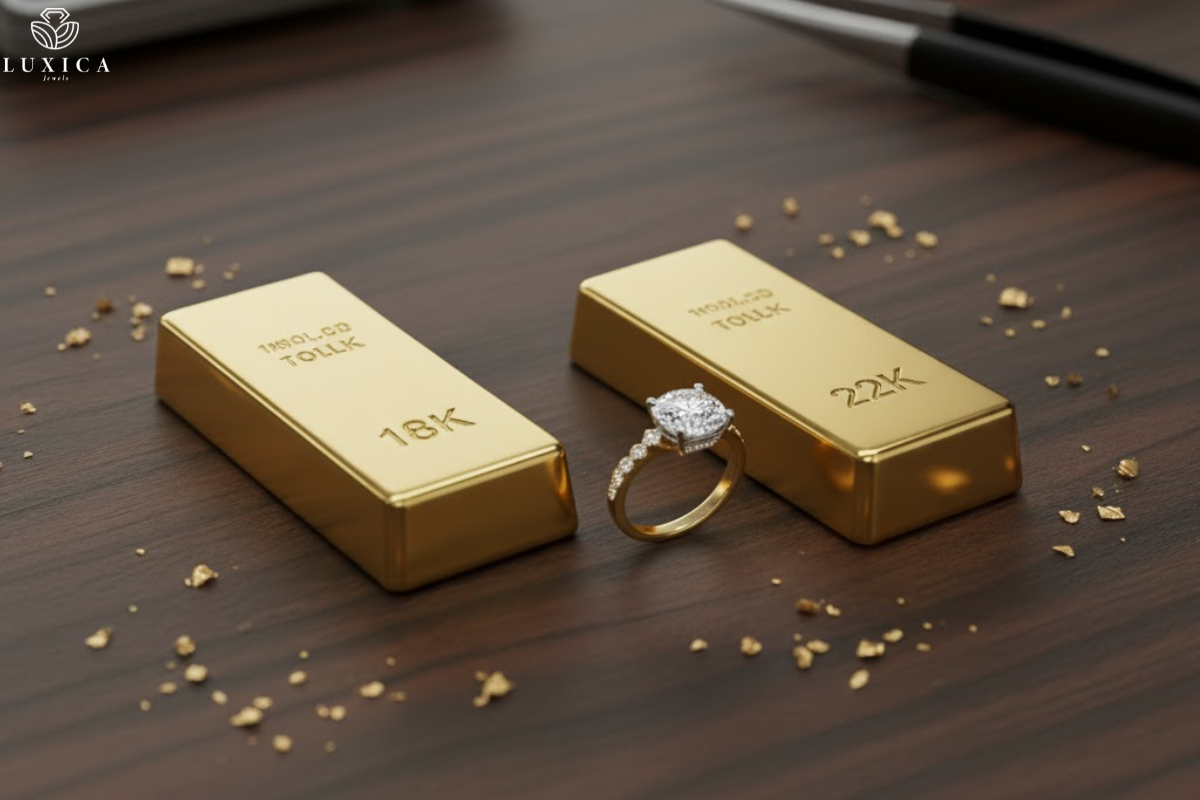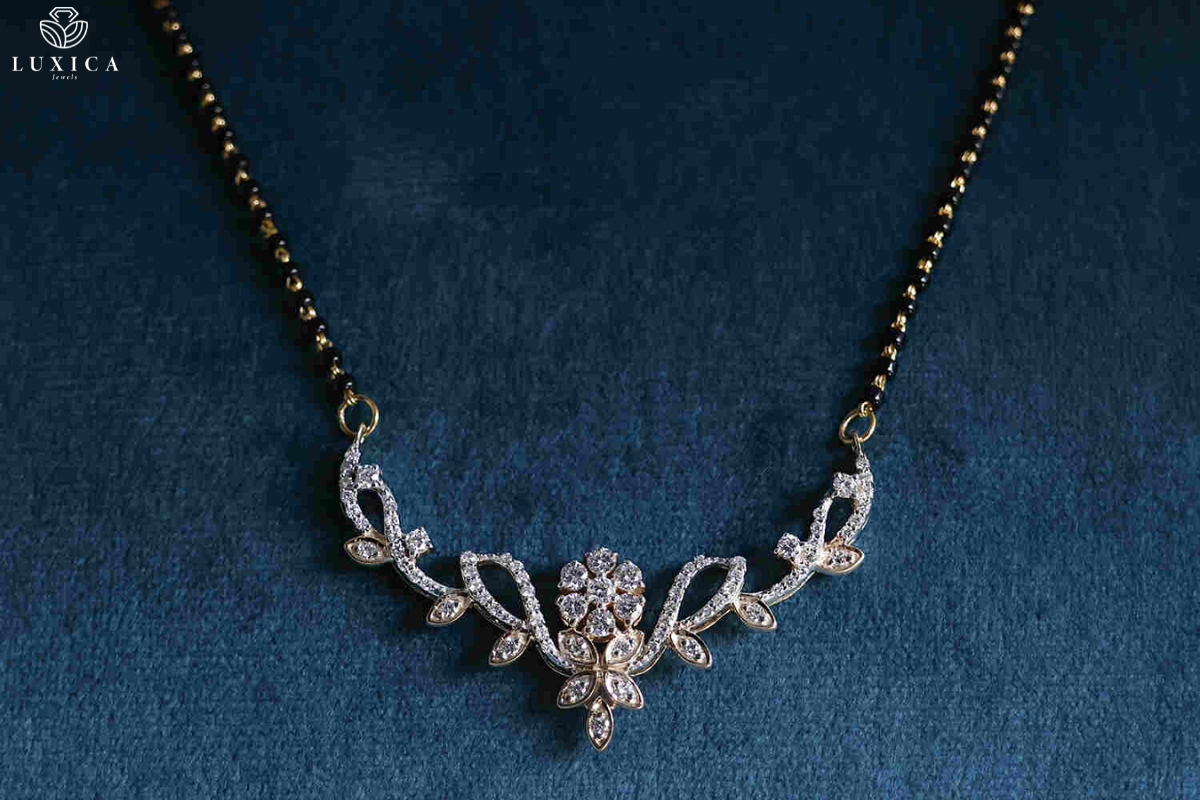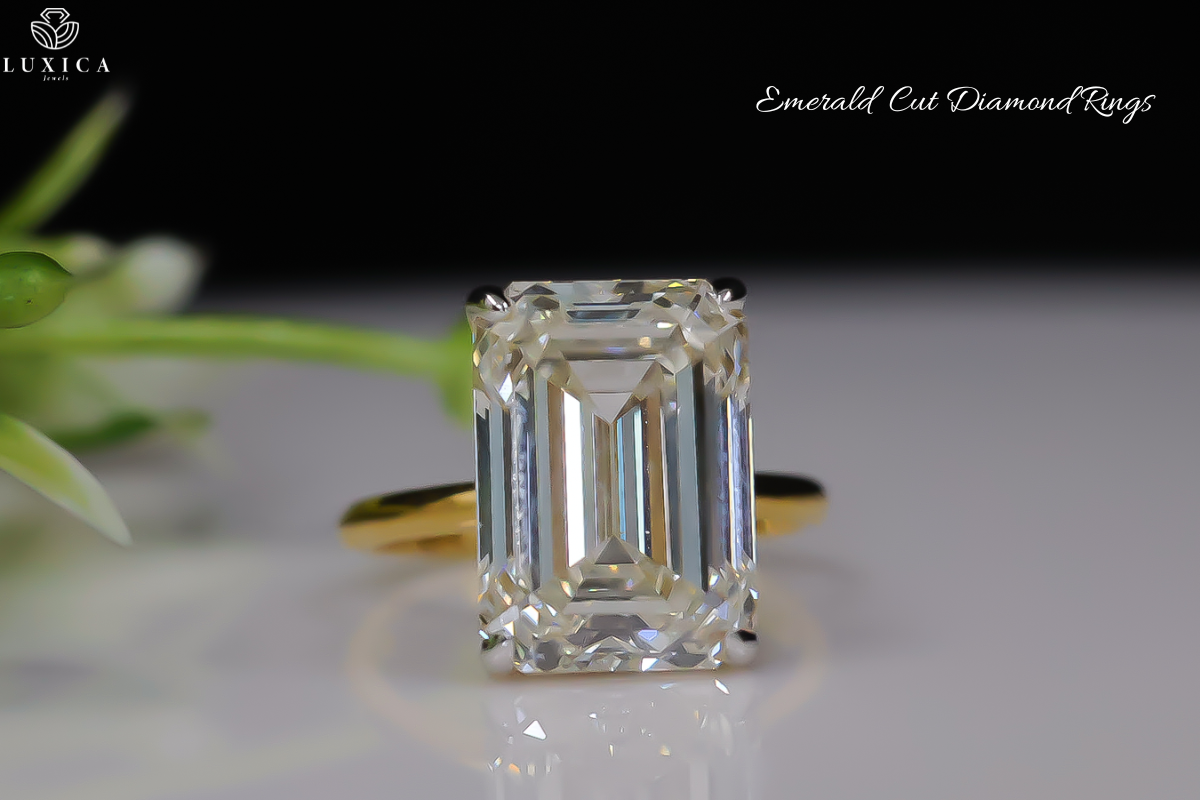The Ultimate Guide to Lab Grown Diamond Tennis Bracelets

Thinking about adding a tennis bracelet to your jewelry collection? Lab grown diamond tennis bracelets offer the same sparkle and elegance as natural diamonds, but with some interesting differences worth exploring.
What Makes a Tennis Bracelet Special
A tennis bracelet features a continuous line of diamonds set in a thin, flexible band. The name comes from a famous moment in 1987 when tennis player Chris Evert’s diamond bracelet broke during a match at the U.S. Open. She stopped the game to find it, and suddenly everyone wanted one of these elegant pieces.
The classic design typically includes round brilliant diamonds of similar size, though modern versions come in various shapes and styles. The continuous sparkle catches light from every angle, making it a stunning accessory for both casual and formal occasions.
Understanding Lab Grown Diamonds
Lab-grown diamonds are diamonds that are real and are produced in laboratories under tightly controlled conditions instead of being formed deep under the earth. Two primary techniques are utilized by scientists which are High Pressure High Temperature (HPHT) and Chemical Vapor Deposition (CVD). The pair of methods simulates the natural conditions needed for diamond formation, albeit at a much quicker pace.
These diamonds possess the identical chemical make-up, crystal structure, and optical properties as the diamonds obtained through mining. Even the most experienced gemmologists require advanced tools to distinguish one from the other. They are not cubic zirconia nor are they moissanite; rather, they are real diamonds.
Reasons to Choose Lab Grown Diamonds for Your Tennis Bracelet
Better Value: Lab grown diamonds are about 40-70% cheaper than natural diamonds of equal quality. As a result, you can buy a bracelet with more or better quality stones without going over your budget.
Ethical Peace of Mind: You are fully aware of the source of your diamonds and there are no worries about mining practices or the existence of conflict diamonds.
Environmental Impact: Diamond production in laboratories results in minor land disruption when compared to the mining process.
Quality Options: As the process is controlled, you will always get the same quality in all the diamonds that are in your bracelet.
Shopping Smart: What to Look For
When choosing your tennis bracelet, focus on these key factors:
Diamond Quality: Look at the Four Cs – cut, color, clarity, and carat weight. For tennis bracelets, cut quality matters most because it determines sparkle. Aim for excellent or very good cut grades.
Metal Choice: White gold, yellow gold, rose gold, and platinum all work beautifully. Consider what matches your existing jewelry and skin tone.
Setting Style: Prong settings offer maximum sparkle, while bezel settings provide more protection for active lifestyles.
Clasp Security: A reliable clasp with a safety latch prevents loss. Some bracelets include additional security features.
Certification: Request grading reports from reputable labs like IGI or GIA that verify your diamonds’ quality.
Sizing and Fit
Tennis bracelets should fit comfortably with slight movement on your wrist. Too tight feels restrictive, while too loose risks catching on things or falling off. Most jewelers can adjust sizing, though this may affect the bracelet’s design symmetry.
A good rule of thumb: you should be able to fit one finger between the bracelet and your wrist.
Caring for Your Bracelet
Lab-created diamonds are equally sturdy to their natural counterparts, scoring 10 on the Mohs hardness scale. Nonetheless, the gentle links and settings require care:
- Take off your bracelet for heavy physical activities
- Do a regular cleaning with warm water and gentle soap
- Get a jeweler to check the settings every year
- Keep it in a different place to avoid scratching other jewelry
Making Your Investment Count
Even if lab grown diamond tennis bracelets are cheaper than natural diamond ones, they are still a big purchase. Buy only from trustworthy retailers who give out certifications and warranties. Examine comments and inquire about return policies before making a decision.
Consider getting your bracelet insured if it has bigger diamonds, especially if it is the case. A lot of homeowner’s or renter’s insurance policies can have coverage for jewelry as an additional feature.
The Bottom Line
A lab grown diamond tennis bracelet is a symbol of timeless elegance minus the premium price. Whether it is a self-gift or a meaningful present that you are looking for, these bracelets will not disappoint you in terms of beauty and quality; they are the best at both. The technology of lab grown diamonds continues to advance, therefore, they remain the best choice for jewelry lovers who want both value and shine.
Your ideal tennis bracelet is waiting for you – the one that matches your style, budget, and principles.




